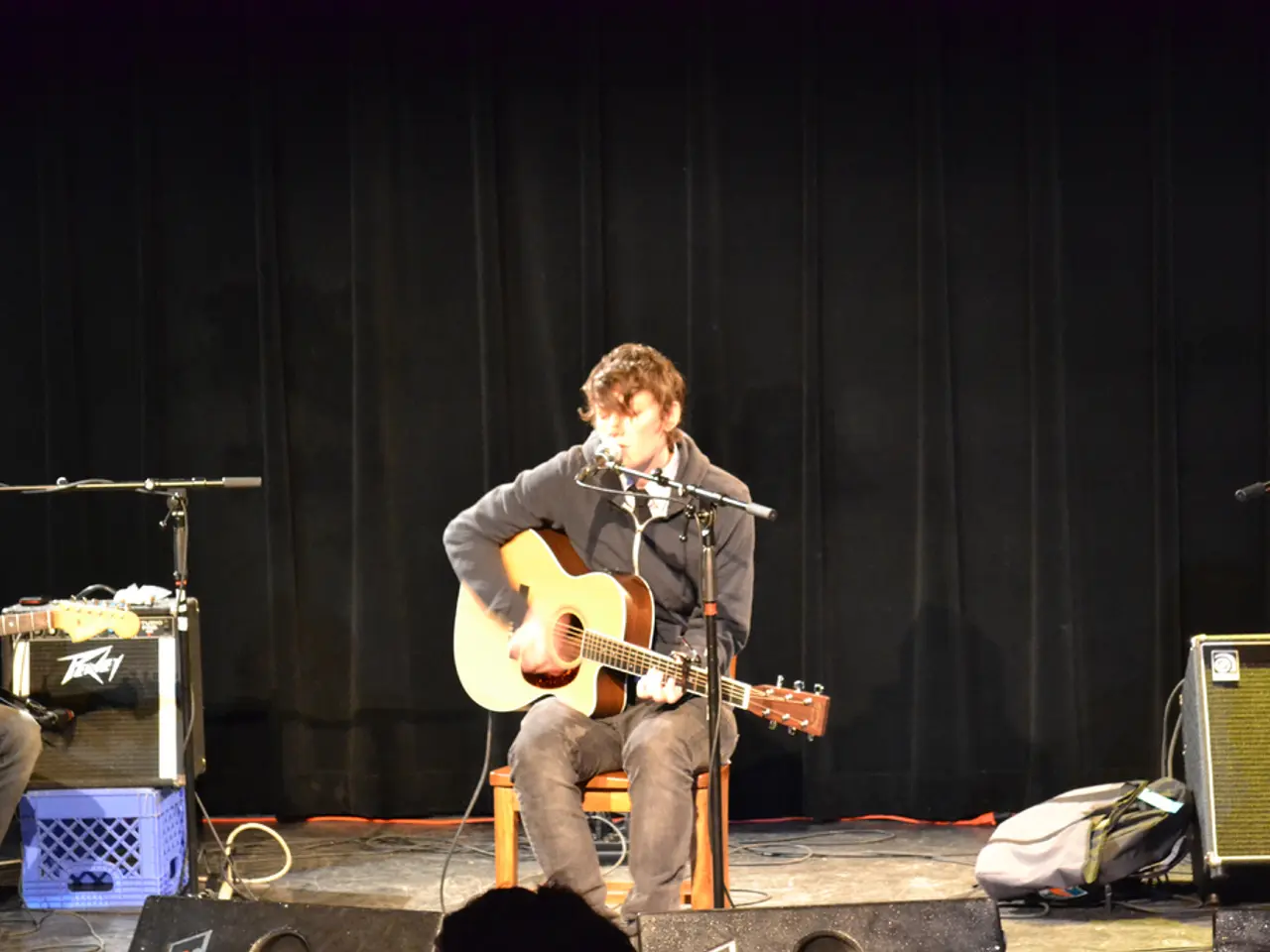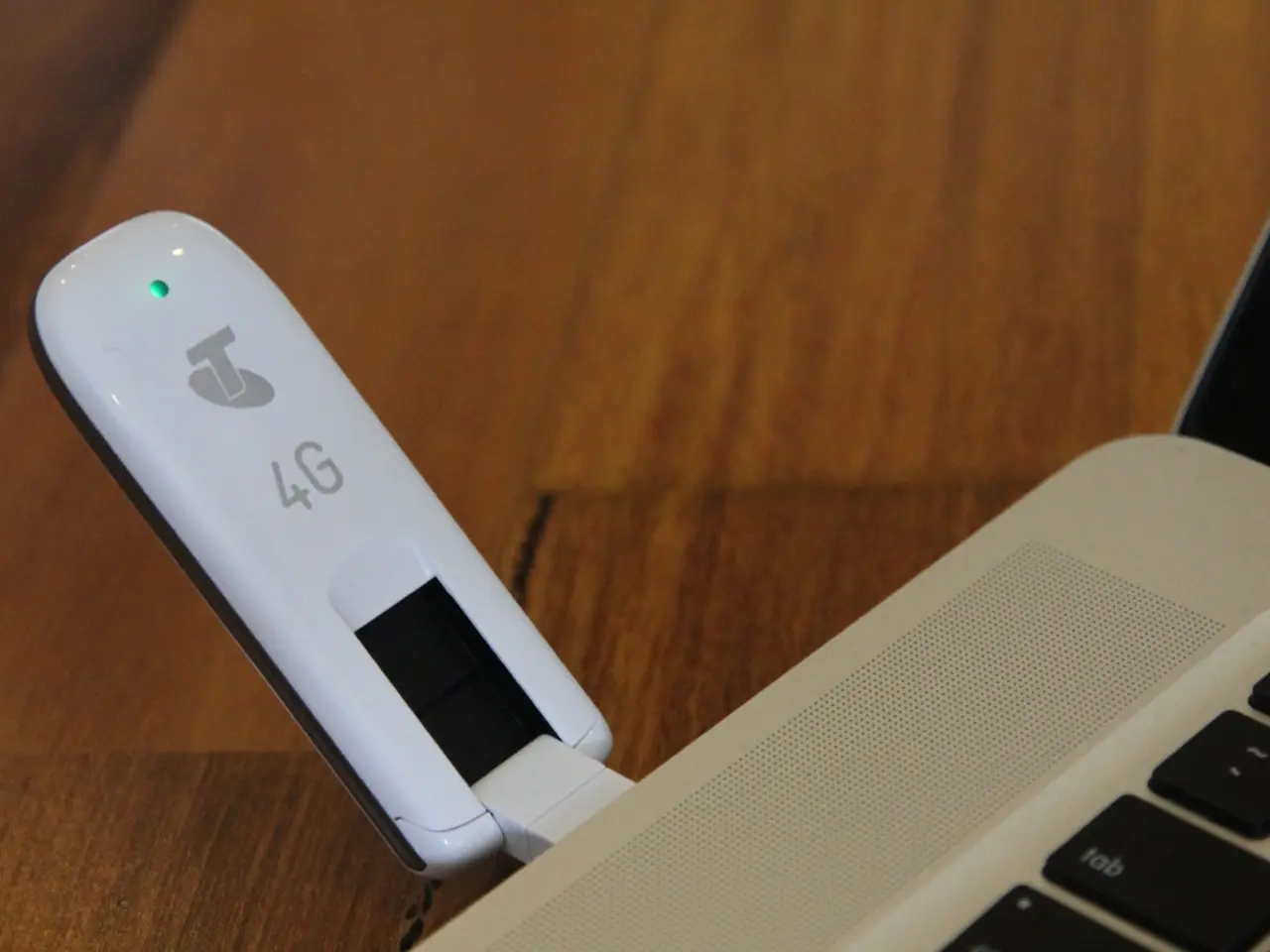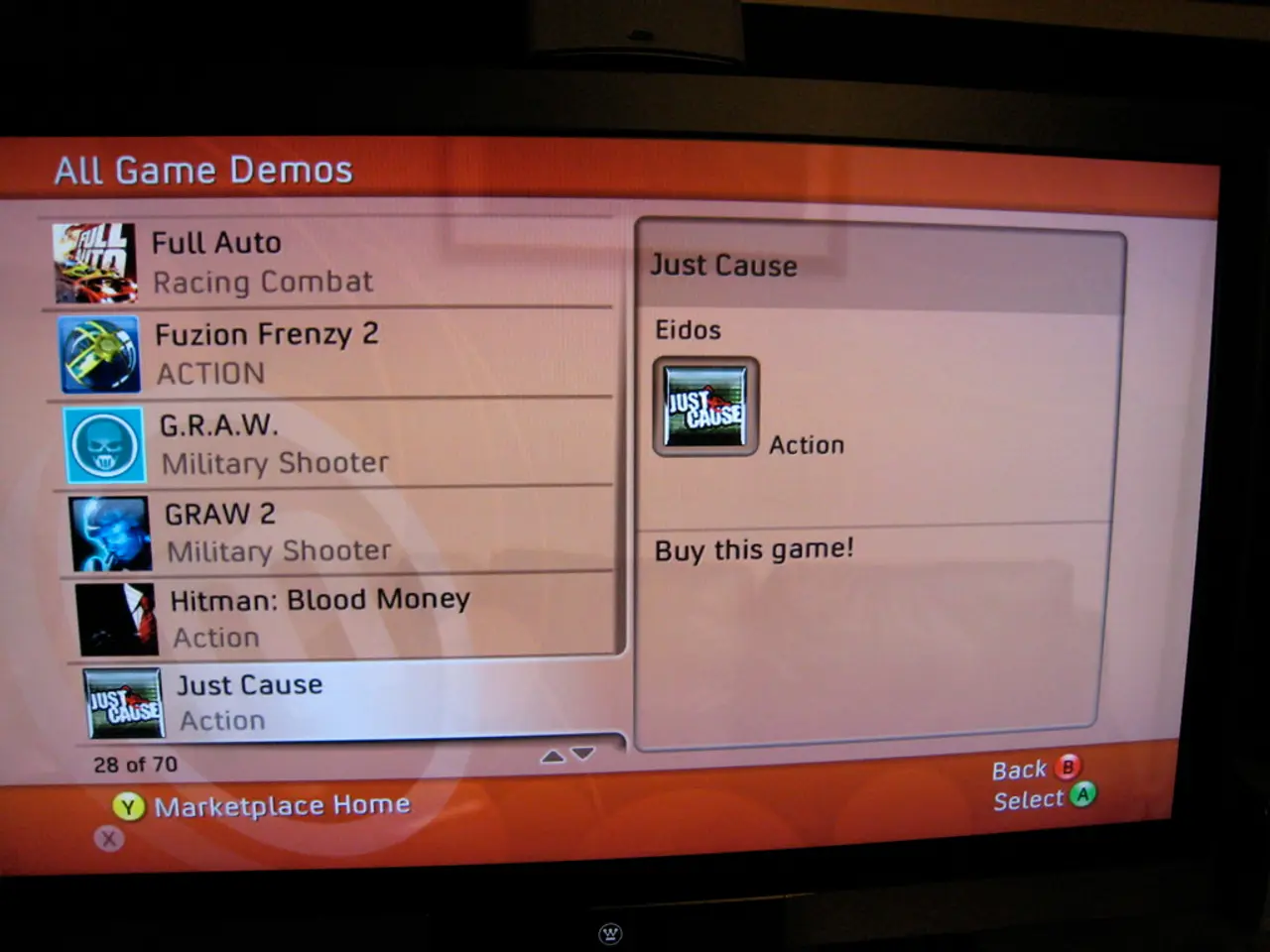Mastering Guitar Recording with GarageBand: Simplified Techniques for Novices
In the world of music production, GarageBand stands out as a versatile and accessible tool for both beginners and seasoned musicians. This article will delve into the advanced features of GarageBand, offering tips and tricks to help you create polished, professional-sounding mixes.
Firstly, it's essential to understand that leveraging the right tools is crucial for high-quality recordings. In GarageBand, you can even tune your guitar using the software. To set up a Focusrite Scarlett 4i4, connect it to your Mac via USB, open GarageBand, and select the Scarlett 4i4 as your input/output device.
When it comes to advanced mixing and automation, GarageBand offers a range of key functions. For dynamic mixing, the software allows you to automate volume, panning, and effects parameters over time. This feature is accessed by clicking the ‘Show Automation’ button in the track header, enabling you to draw automation curves that change how the track sounds as the song progresses.
Audio track processing is another essential feature. When you add a new audio track, you can select inputs like microphone or guitar. GarageBand includes preset processing such as the Amp Designer for guitar/bass, providing virtual amplifier sounds and effects that can be customized within the app. Microphone tracks get controls for compression, EQ, and ambience effects, which are foundational mixing tools to shape your sound.
Using plugins and effects is another way to refine your mix. GarageBand comes with built-in effects such as EQ, compression, and reverb, which can be applied to individual tracks or the master output. These effects can be modulated using automation for evolving textures or changes during the song.
Even without a MIDI keyboard, GarageBand’s “Musical Typing” feature allows you to input MIDI notes via your computer keyboard and automate MIDI parameters like modulation or expression for more nuanced mixes.
To achieve a balanced mix, you can adjust volume levels and pan positions in the Mixer. Adding subtle automation to volume or panning helps avoid static mixes and adds professional polish.
When ready to export your track, use a clear and memorable track name to maintain organization. Share your music through platforms like SoundCloud or Bandcamp to reach a broader audience.
Recording an electric guitar on an iPad is also possible. Connect it to an iPad-compatible audio interface and create a new project in GarageBand. Presets within Smart Controls provide a quick way to apply pre-defined settings tailored for specific music styles or effects.
For those recording acoustic guitars, it's best to directly connect your guitar to an audio interface using a USB cable for the best sound quality. The EQ tool in GarageBand is essential for balancing your guitar track across all frequencies. Adjusting these settings can emphasize specific frequency ranges.
To prevent latency issues, choose a fast audio interface and adjust the buffer size. Exploring YouTube Tutorials, online guides, and resources can significantly enhance your guitar recording experience.
Remember, overusing effects can hinder sound quality. Apply effects like reverb and delay sparingly to maintain natural tones. For beginners, using good quality cables and interfaces, experimenting with amp settings and effects, and applying some EQ adjustments can help enhance the sound quality of your guitar recording in GarageBand.
Lastly, be mindful of room acoustics. Record in a quiet environment to minimize unwanted noise or echoes. Applying effects like distortion and effects pedals can radically change the feel of your guitar track.
With these tips and tricks, you're well on your way to creating polished music using GarageBand. Happy mixing!
- In GarageBand, you can even tune your guitar using the software, making home studio music production more accessible.
- To set up a Focusrite Scarlett 4i4, connect it to your Mac via USB, open GarageBand, and select the Scarlett 4i4 as your input/output device.
- For dynamic mixing, the software allows you to automate volume, panning, and effects parameters over time, adding a professional touch to your recordings.
- GarageBand includes preset processing like the Amp Designer for guitar/bass, providing virtual amplifier sounds and effects that can be customized within the app.
- Even without a MIDI keyboard, GarageBand's "Musical Typing" feature allows you to input MIDI notes via your computer keyboard for more nuanced mixes.
- To prevent latency issues, choose a fast audio interface and adjust the buffer size, ensuring smooth guitar recording for your home studio.
- Remember, good quality cables, experimenting with amp settings and effects, and applying some EQ adjustments can help enhance the sound quality of your guitar recording in GarageBand.
- Record in a quiet environment to minimize unwanted noise or echoes, and consider using room acoustics treatments for improved audio quality during home-and-garden studio sessions.




